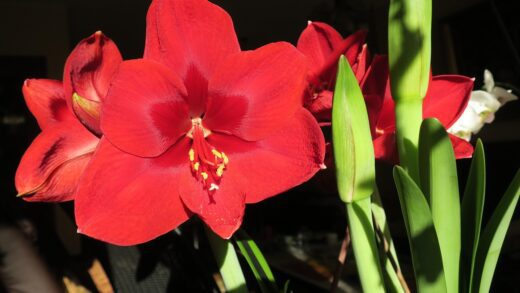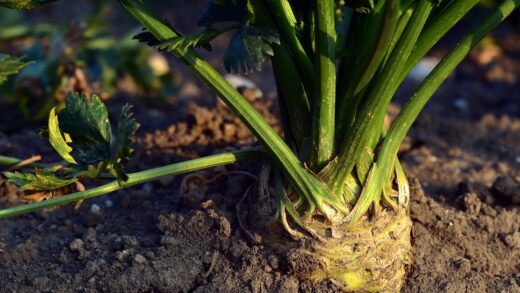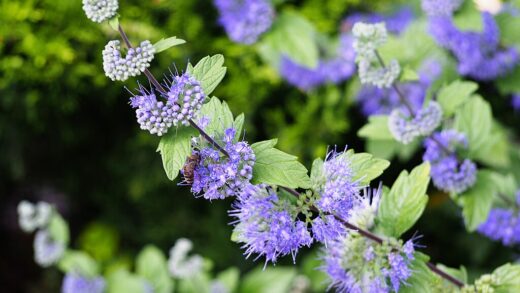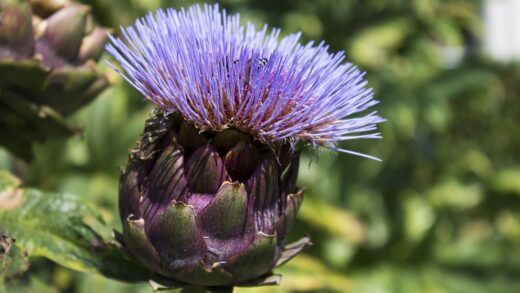The ZZ plant is widely celebrated for its low-maintenance nature, and this extends to its feeding habits. Unlike many other houseplants that require frequent and substantial fertilization, the Zamioculcas zamiifolia is not a heavy feeder. Its slow-growing nature and ability to thrive in nutrient-poor environments in its native habitat mean it needs only minimal supplemental nutrition to flourish. Over-fertilization is a much greater risk than under-fertilization and can lead to serious health issues for the plant. A conservative and well-timed approach to feeding is key to maintaining a healthy and robust ZZ plant.
Understanding the plant’s natural nutrient cycle
In its native environment in eastern Africa, the ZZ plant grows in areas with rocky, well-draining soil that is not particularly rich in nutrients. The plant’s slow growth and water-storing capabilities mean it does not have a high demand for a constant supply of minerals and nitrogen. Its efficient use of resources and ability to survive on what’s available in the soil is an evolutionary trait that makes it so resilient. When grown indoors, the potting soil it is initially planted in provides a sufficient amount of nutrients for several months, often for a full year. This is why immediate fertilization after planting is unnecessary.
The slow growth rate of the ZZ plant also means that it doesn’t have the same high metabolic needs as faster-growing species. It can be quite content for extended periods without any added fertilizer. Its nutritional needs are primarily focused on maintaining its existing structure rather than rapidly producing new leaves and stems. A new plant, or one that has been recently repotted, will get everything it needs from the fresh soil. Only after the plant has been in the same pot for a considerable amount of time, typically a year or more, will the soil’s nutrients begin to become depleted and require supplementation.
The proper fertilization schedule
When it comes to fertilizing a ZZ plant, less is always more. A good rule of thumb is to fertilize only during the active growing season, which generally occurs from spring to early autumn. During this period, the plant is more likely to be producing new shoots and can effectively utilize the nutrients you provide. The ideal frequency is once or twice a year, at most. Applying a balanced, all-purpose liquid houseplant fertilizer is recommended. To avoid the risk of root burn, it is crucial to dilute the fertilizer to half or even quarter strength, as recommended on the product label.
For a new ZZ plant that has just been brought home, there is no need to fertilize for at least the first six months to a year. This allows the plant to settle into its new environment and use up the nutrients already present in its potting mix. Over-eager fertilization can lead to a buildup of mineral salts in the soil, which can harm the plant’s sensitive rhizomes and roots. A slow and steady approach is the most effective way to provide the necessary nutrients without causing harm.
Choosing the right fertilizer
When selecting a fertilizer for your ZZ plant, a balanced, all-purpose houseplant fertilizer is the best choice. Look for a product with a balanced N-P-K (Nitrogen-Phosphorus-Potassium) ratio, such as 20-20-20 or 10-10-10. These numbers represent the percentage of each nutrient in the fertilizer. Nitrogen promotes healthy foliage growth, phosphorus helps with root development, and potassium supports overall plant health and disease resistance. While liquid fertilizers are the most common and easiest to use, slow-release granular fertilizers can also be an option.
Diluting the liquid fertilizer is a non-negotiable step. Over-concentrated fertilizer can cause chemical burns to the roots and leaves, leading to browning or crispy edges. To be safe, always use less than the recommended amount. It is also important to fertilize only after you have watered the plant. Applying fertilizer to dry soil can shock the roots and cause damage. By ensuring the soil is already moist, you allow the roots to absorb the nutrients more gently and effectively.
Signs of nutrient imbalance
While rare, a ZZ plant can show signs of nutrient deficiency or, more commonly, over-fertilization. A plant that is under-fertilized may exhibit very slow growth or leaves that are a lighter green than usual, but these signs can also be attributed to low light. A more serious problem is over-fertilization, which is far more common. Symptoms include brown or burnt-looking leaf tips and edges, and a crusty white or yellow buildup of salts on the surface of the soil or on the pot itself.
If you suspect your ZZ plant has been over-fertilized, the best course of action is to flush the soil with water. This involves repeatedly watering the plant with clean water, allowing it to drain out of the bottom of the pot, to wash away the excess salts. After flushing, it is crucial to let the soil dry out completely before you water again. You should also cease all fertilization for the remainder of the year. In severe cases, repotting the plant in fresh soil may be necessary to remove the harmful mineral buildup.




















